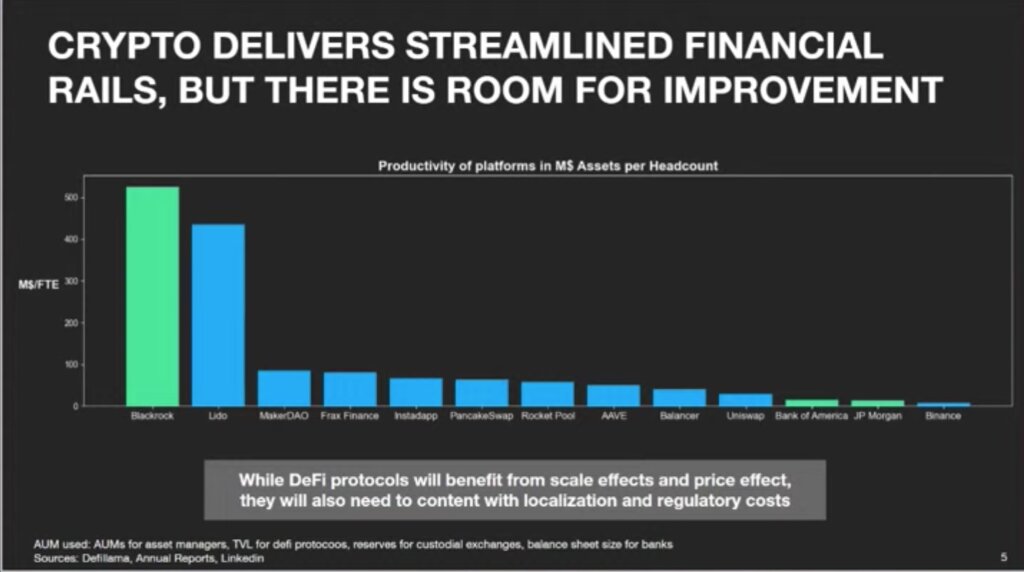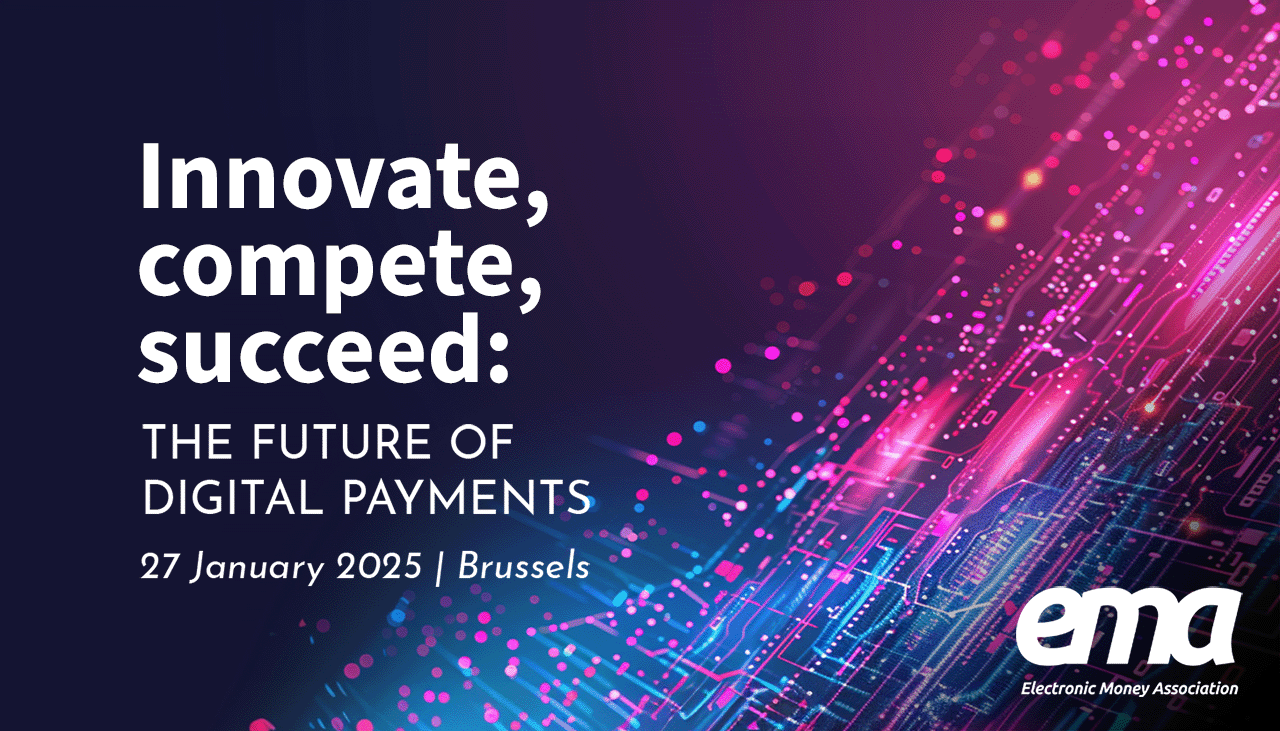No products in the cart.
- Latest
- Trending
ADVERTISEMENT

and Ethereum Community Conference (EthCC) On July 19th, Cronos Labs Managing Director Ken Timsit detailed the emerging use cases and limitations of blockchain-enabled AI.
Based on research from over 200 Cronos Accelerator applicants, Timsit aimed to break down the hype and identify high-impact applications.
He organizes crypto AI innovation into three components: increased productivity, decentralized identity, and strengthening the AI economy.
If you are a blockchain builder, using AI to improve productivity and user experience is where we see the most value, said Timsit. Cryptocurrencies have not yet achieved the productivity of traditional finance, but AI can help bridge that gap.

Marketing and customer support are ripe for AI adoption. For example, Binance’s Project Kindred generated free AI art for profile pictures. “As a marketing tool, it clearly sparked the imagination of users,” Timsit said.
Timsit also advocated that crypto projects use AI for “code development and testing,” commenting that OpenZeppelin employs AI for code security. ChatGPT says he can auto-generate Solidity code, but “requires human oversight”.
Building developer tools that incorporate AI is key. As Timsit explained,
If youre looking to build a tool for blockchain developers, you need to include a product that makes it easy for users to take advantage of AI capabilities.
Timsit argued that while AI is changing the concept of truth and identity, it is unclear if blockchain will help. While blockchains can theoretically track data lineage, credential issuers have little incentive to record information on-chain.
When the blockchain community tried to address supply chain provenance, it was a big disappointment, because nobody who generates credentials has an economic interest in putting those credentials on the chain, Timsit explained.
Given AI’s tendency to “hallucinate” fake content, more research is needed to develop decentralized identity solutions. It is not clear whether blockchain will contribute, Timsit concluded.
Timsit believes blockchain censorship resistance could be key to unhindered AI innovation, shielding developers from the restrictive regulations impacted by tech giants. Cryptography also facilitates global monetization and commerce of AI models and services.
However, there are still hurdles to running distributed AI computing at scale. As Timsit noted, “No one really knows how to efficiently run a distributed GPU network to train a model.”
Citing the example of Fetch.ai, which uses crypto to pay for AI services to and from agents, and Cronos Labs Accelerator participant CorgiAI, which used crypto payments to build a marketplace for prompt engineers, Timsit said commercial applications have better prospects.
Overall, Timsit advocated a pragmatic approach focused on high-impact use cases such as increased productivity. Strengthening the AI economy is promising, but more research and development is needed to overcome its limitations. Blockchain’s biggest role is to avoid hype, and it could end up improving existing systems rather than reinventing AI.
Copyright © Pbird Media | Copyright © All rights reserved 2024

Copyright © Pbird Media | Copyright © All rights reserved 2024











